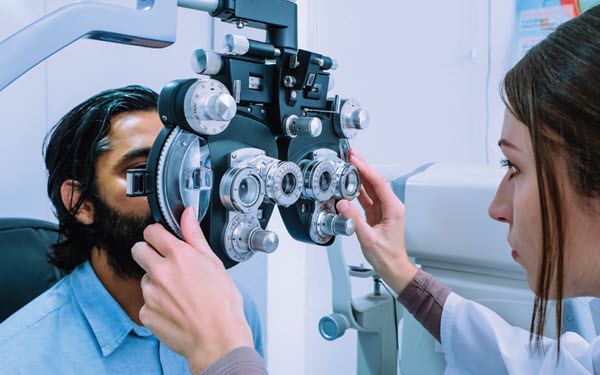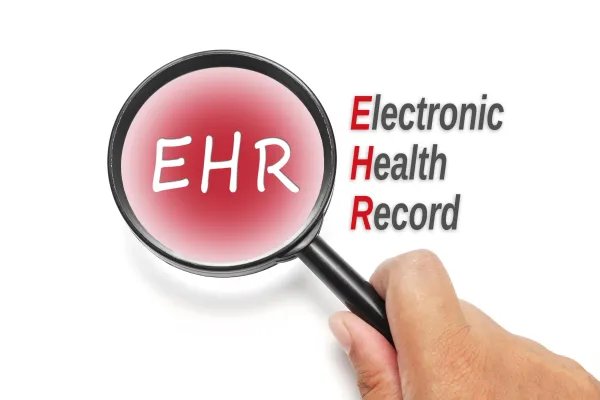Ophthalmology and Optometry Coding Alert
Check Payer Policy To Overcome Myopia Reporting Challenges
Question: Our ophthalmologist evaluated a patient complaining of blurry vision and diagnosed them with bilateral myopia after an exam that included refraction. We reported the appropriate E/M code (99203) and H52.13 for myopia, but the claim was denied. Where did we go wrong? Kansas Subscriber Answer: The denial was likely due to the code you used to report the visit. Depending on the payer, myopia may not be a covered diagnosis for the group of evaluation and management (E/M) codes 99202-99215 (Office or other outpatient visit for the evaluation and management of a new/established patient …). Refractive errors may be covered diagnoses for the family of eye visit codes 92002-92014 (Ophthalmological services: medical examination and evaluation with initiation of diagnostic and treatment program …) and/or the following HCPCS Level II codes: You should use 92015 (Determination of refractive state) to code the refraction, as appropriate. Note: Medicare considers refractions a non-covered service. Because it’s always non-covered, an Advance Beneficiary Notice of Non-coverage (ABN) is not required. Thus. the service is considered the patient’s responsibility. Commercial payers’ coverage of refraction may vary. Some will pay with a vision diagnosis, others will pay with a medical diagnosis, while some will bundle the refraction with the office visit. Best practice is to carefully review the commercial participating provider contract for refraction coverage.
Related Articles
Ophthalmology and Optometry Coding Alert
- News You Can Use:
Consider These Crucial 2024 ICD-10-CM Changes
Find expanded options for ocular conditions, SDoH, external causes, and more. With more than 400 [...] - CPT® Coding Quiz:
Assess Your Intraocular Lens Coding Aptitude
Put your IOL coding prowess to the test with these case scenarios. Ophthalmic surgeons implant [...] - Modifier Madness:
Let the Answers to These 5 FAQs Lead You to Modifier Perfection
Learn which modifier many MACs would rather you not use. Modifiers help paint a picture [...] - Coding Quiz Answer:
Examine Our Expert Solutions to the IOL Coding Scenarios
Learn which situations warrant separate coding of an intraocular lens. Answer 1: C. CPT® code [...] - You Be the Coder:
Scour for Retinal Break Specifics Before Reporting H33 Series
Question: Our retinal doctor performed surgery for retinal detachment (67108) and said the diagnosis is [...] - Reader Questions:
Appreciate When To Avoid Billing Additional Procedures
Question: When our ophthalmologist performs surgery reported with a code whose descriptor states “one or [...] - Reader Questions:
Can You Rectify This Bilateral Repair Billing Blunder?
Question: The ophthalmologist performed bilateral retinal tear repair (67145) on a Medicare patient. The first [...] - Reader Questions:
Check Payer Policy To Overcome Myopia Reporting Challenges
Question: Our ophthalmologist evaluated a patient complaining of blurry vision and diagnosed them with bilateral [...]




